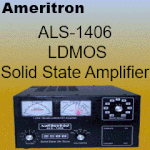Wilderness Protocol and LiTZ (long tone zero)
Discussion in 'Amateur Radio News' started by K6KEN, May 24, 2009.
- Thread Status:
- Not open for further replies.
Page 1 of 2
Page 1 of 2
- Thread Status:
- Not open for further replies.










